Inside Peter Zumthor’s 900-page, 6kg monograph
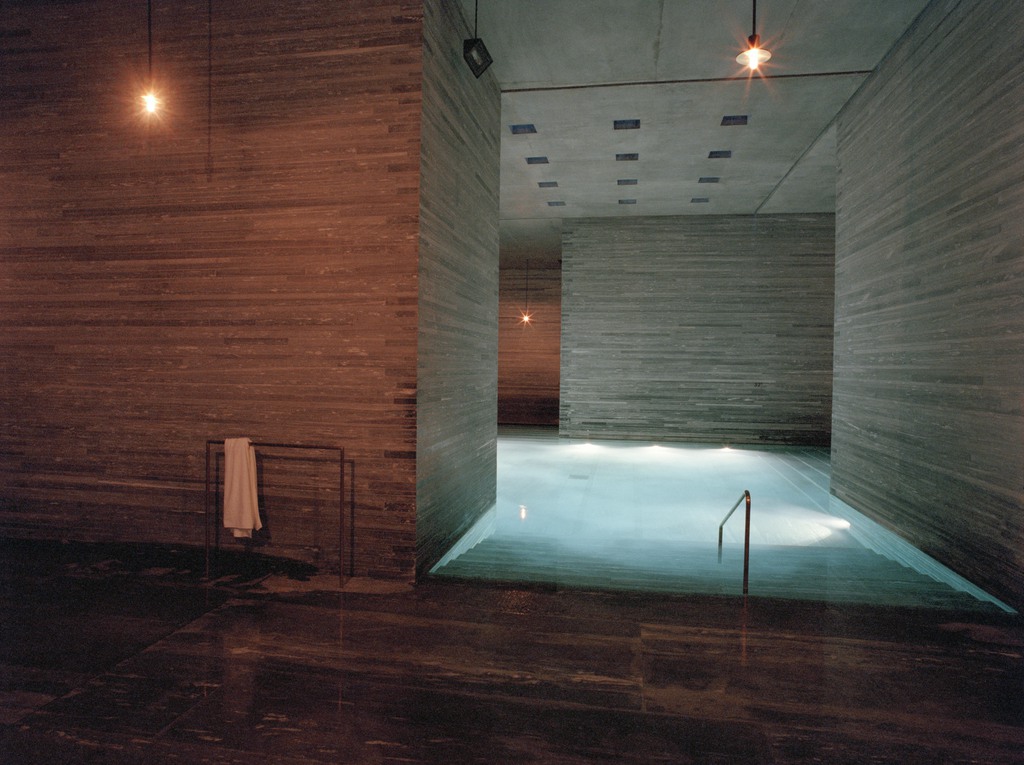
Swiss architect Peter Zumthor has a huge international reputation, but his body of work remains small. “As an architect, I am an author,” he writes in his long-awaited monograph. Precision and artistry are his watchwords.
“I design my buildings from the inside out and from the outside in, and then once again from the inside out until everything is right,” Zumthor explains in the introduction.
The publicationExternal link, which is also available in English, details around 30 years of his career. It includes 43 projects – including the well-known ones and some that never left the drawing board – as seen through photographs, plans, sketches and watercolours. The accompanying texts were written by the Pritzer-prize External linkwinning architect.
Editor Thomas Durisch selected the projects and the materials presented, in collaboration with Zumthor. The two men have known each other for more than 20 years, since Durisch, now an architect with his own practice, went to work with Zumthor on the Bregenz Art Museum in AustriaExternal link, the Thermal Baths at ValsExternal link and others.
“Normally you would want to do such an autobiographical monograph yourself,” Durisch told swissinfo.ch. “Some artist friends asked me, ‘how does this work? Can somebody working like Zumthor really let a third party choose and arrange works in his own monograph?’”
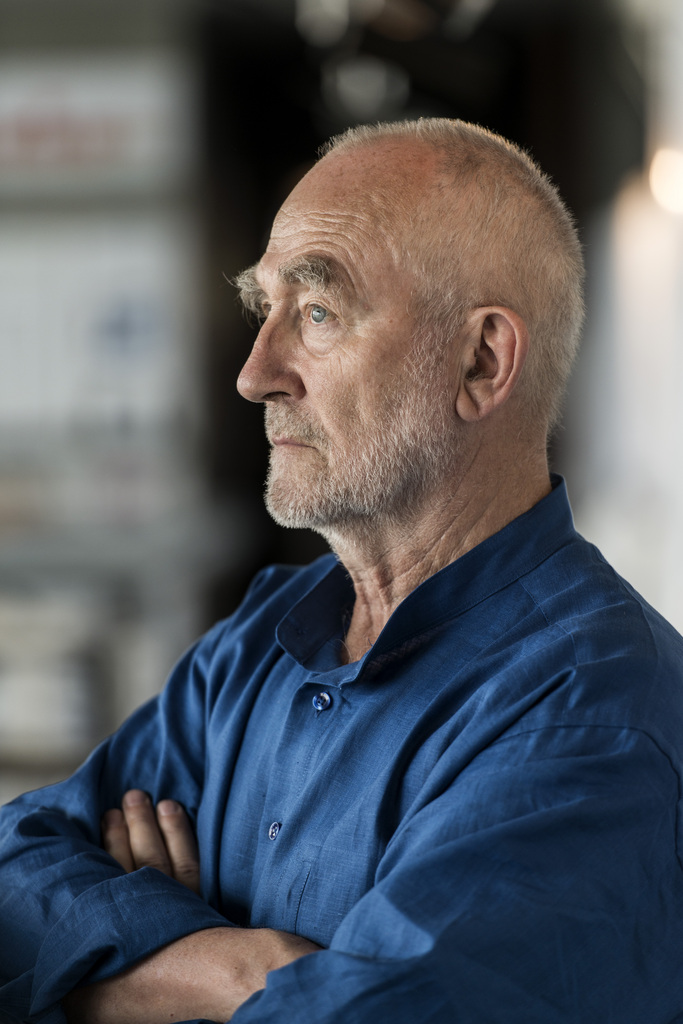
Indeed, Zumthor is a private person, giving few interviews – he also declined a request by swissinfo.ch due to the intensity of his ongoing architectural projects. His representative stressed, however, that the monograph should be understood as Zumthor’s statement.
Highs and lows
The work starts with Zumthor’s first atelier building from 1985-86, in the town of HaldensteinExternal link, in the eastern canton of Graubünden, where he is still based today. The architect, a trained cabinet maker who studied architecture in Basel and New York, didn’t want to include anything pre-dating 1985, as he was still finding his architectural feet.
Throughout his career, Zumthor has mostly worked on small, complex projects. The most well-known internationally include the Bregenz Art Museum, the Kolomba Art Museum External linkin Cologne and the Serpentine Gallery Pavilion in London.
But the monograph does not shy away from including high profile failures, like the Topography of Terror documentation centre in Berlin, on the site of the former Gestapo headquarters. The project was abandoned after it ran into financial and political difficulties.
Being an architect brings with it a certain amount of risk: from the 43 projects in the monograph, 19 were built, 16 stayed at the planning stage and eight are still being built. A look at Zumthor’s whole body of work reveals 52 completed projects, with 17 still being realised and 70 that were not.
Mystique
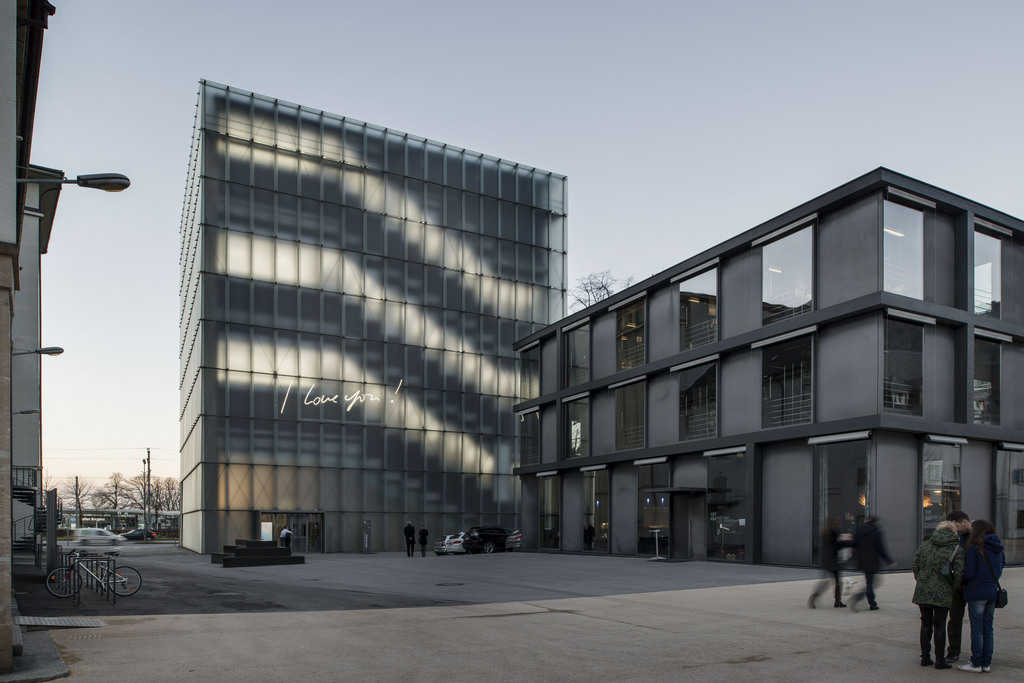
More
Swiss architect’s most famous works
There is a sensual, atmospheric quality to his buildings. The Thermal Baths in Vals, Switzerland, a maze of pools enclosed by concrete and stone mined from the surrounding hills, is described as a love affair between stone and water.
These factors, and Zumthor’s carefully chosen projects, give the architect a certain mystique. Zumthor himself is rarely depicted in the monograph. He can be seen on a few photos working on architectural plans in his own atelier or on a building site. That the Zumthor family house – built in Haldenstein – is featured is perhaps surprising given that the architect guards his privacy so well.
“Building and designing your own house is a privilege and different from working with a client,” said Durisch. “You have really personal and existential questions to ask yourself about how you want your own house to be.”
For that reason, this and other Zumthor family buildings are included as “important and characteristic for Zumthor’s whole body of work”.
Artist-architect
Köbi Gantenbein, chief editor of the design and architecture magazine HochparterreExternal link, agrees there is an aura around Zumthor.
“He is a very clear and convinced exponent of the concept of the artist-architect, and he lives and breathes this,” Gantenbein told swissinfo.ch
Zumthor controls and checks his projects himself and has high standards, he added. But it doesn’t mean that Zumthor is difficult to work with, said Gantenbein. He wants to get the best from everyone, himself included.
For Gantenbein, Zumthor is one of a few contemporary Swiss architects who has made a consistent name for themselves abroad. Others include Mario Botta or Herzog & de Meuron, the architects of the bird’s nest Olympic stadium in Beijing, who have offices around the world.
By contrast, Zumthor’s team totals around 25. However, numbers will be boosted considerably for a major redesign of the Los Angeles County Museum of Art (LACMA) campus – Zumthor’s biggest ever international work.
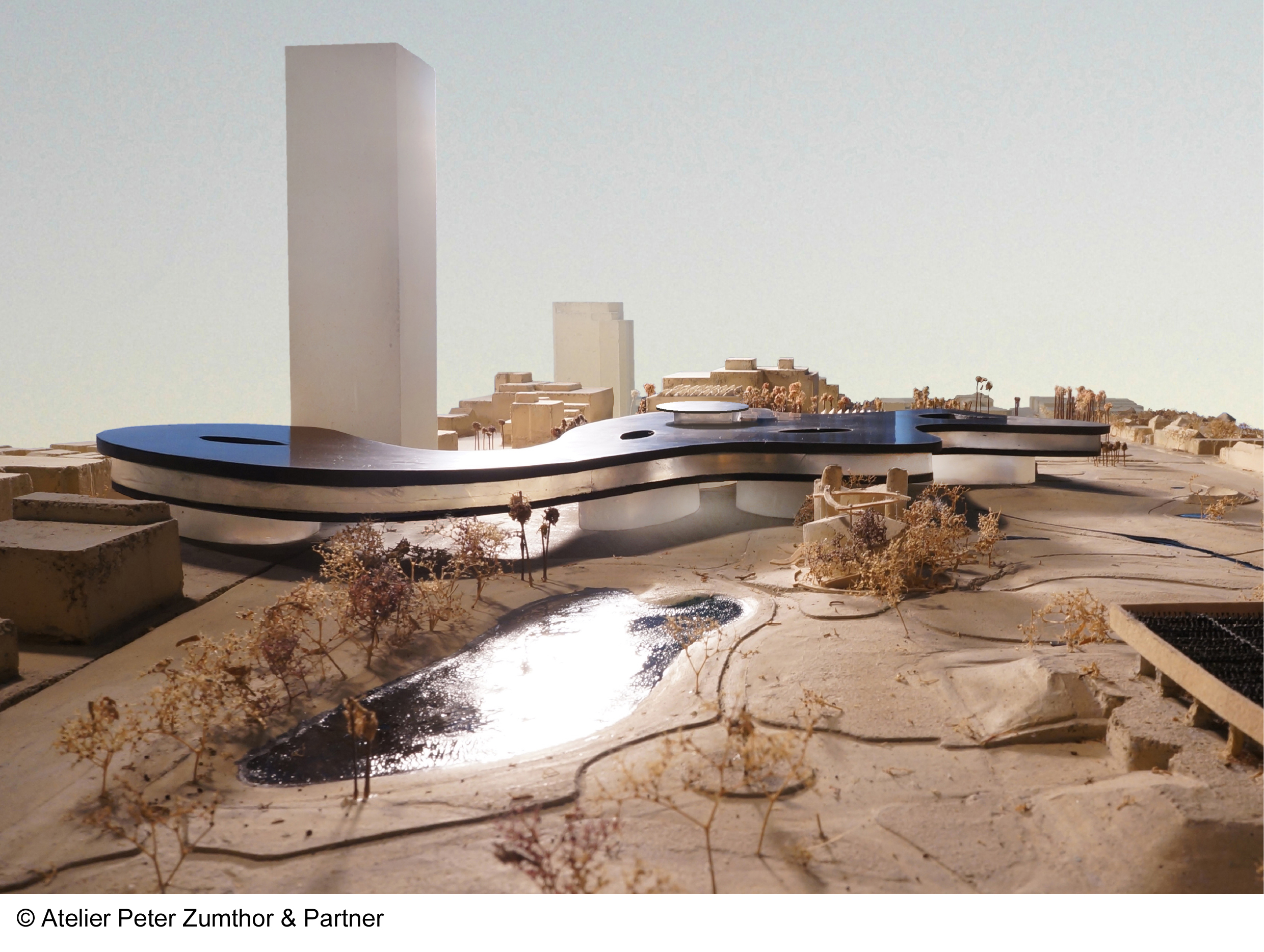
In late June it was announced that Zumthor had modified the shape of his building External linkaway from the tar pits, creating a new bridge-like section that would span Wilshire Boulevard. The $650 million (CHF585 million) project still needs rubber stampingExternal link by the authorities.
The LACMA redesign thus looks set to add another chapter to Zumthor’s lifework.
Peter Zumthor
Zumthor was born in 1943 and grew up near Basel. Following an apprenticeship as cabinetmaker he studied interior design and architecture at the School of Applied Arts in Basel and the Pratt Institute in New York. He first worked in historical preservation in the canton of Graubünden, before opening his own architectural office in Haldenstein, Switzerland, in 1978. He has been a professor at the University of Italian-speaking Switzerland’s Academy of Architecture 1996–2008 and has also held visiting professorships at several international universities, including the Harvard Graduate School of Design.
He has received numerous prizes, including the world’s most prestigious architectural awards: Mies van der Rohe Award for European Architecture (1998), Japan’s Praemium Imperiale (2008), Pritzker Architecture Prize (2009), and the Royal Institute of British Architects’ Royal Gold Medal (2012). In 2009 he was made a Foreign Honorary Member of the American Academy of Arts and Sciences.
The monograph
This five-volume overview of his work to date presents forty-three buildings and projects. It is published in German, French and English. On 856 pages with over 750 photographs, plans, sketches, drawings and watercolors, and with texts written by Peter Zumthor himself specially for this monograph in 2013, it documents a wide range of projects. It weighs over 6kg. Each volume is dedicated to a grandchild.
The editor is Thomas Durisch, an architect who worked with Zumthor from 1990-94. In 1995 he established his own studio in Zurich. He has been curator of the exhibitions Peter Zumthor – Buildings and Projects 1986–2007 at Kunsthaus Bregenz (2007) and the LX Factory Lisbon (2008), and Architectural Models Peter Zumthor at Kunsthaus Bregenz (2012–2014).

In compliance with the JTI standards
More: SWI swissinfo.ch certified by the Journalism Trust Initiative

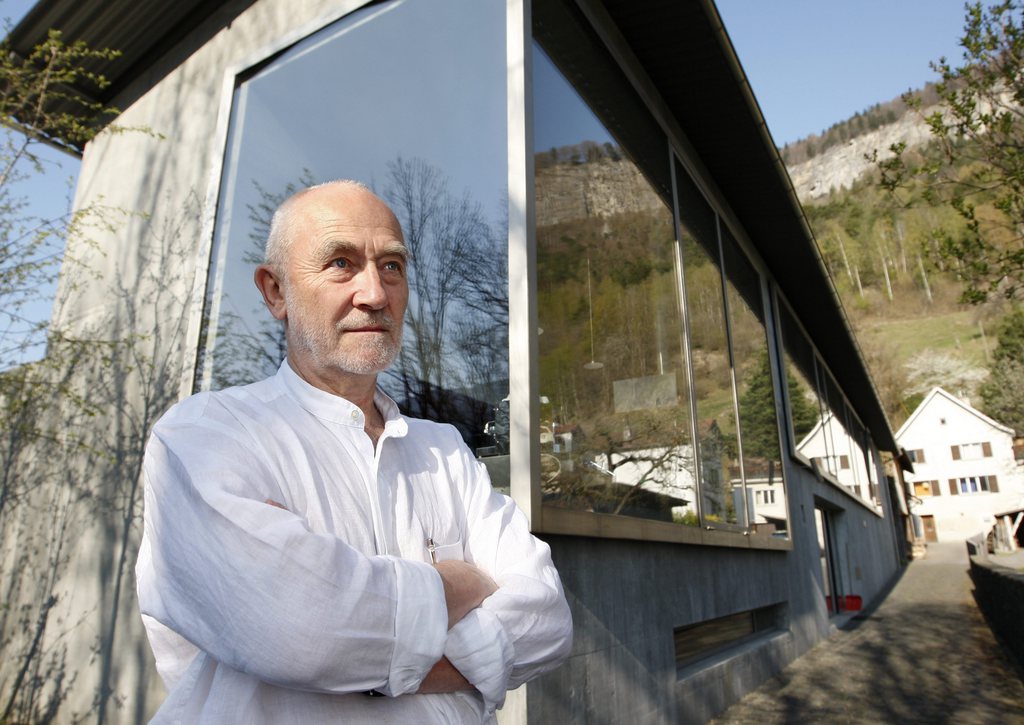
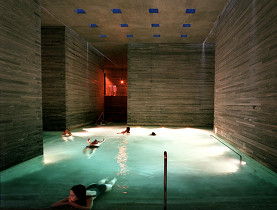

You can find an overview of ongoing debates with our journalists here. Please join us!
If you want to start a conversation about a topic raised in this article or want to report factual errors, email us at english@swissinfo.ch.